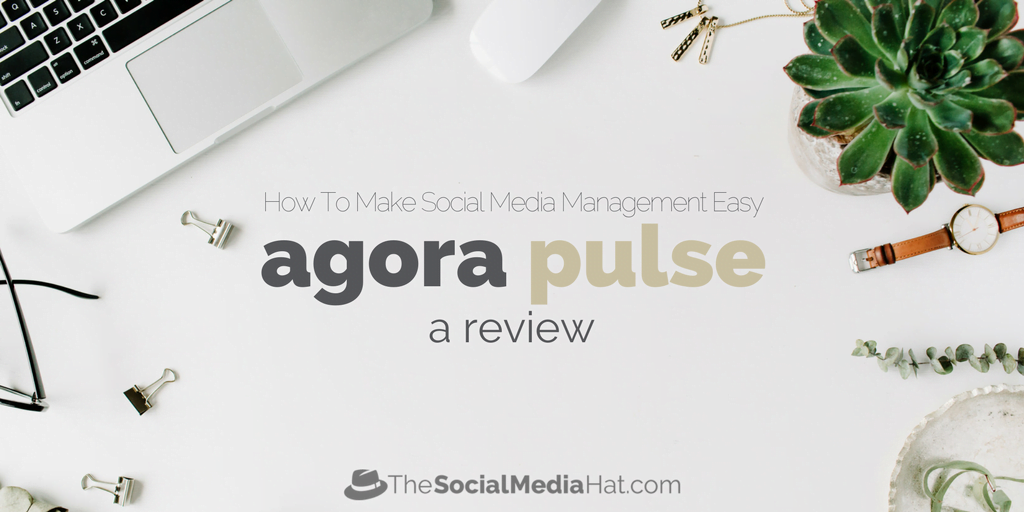After 10 years, it’s not really accurate to call Twitter a tech startup any more. After all, it has revenues of $2 billion, and despite the drop in its share price over the past year it still has a market value of more than $11 billion. So if it’s not a startup then what is it? It’s a medium-sized company with a somewhat troubled past and a more or less uncertain future.
The problem with predicting what will happen to Twitter in the future is that there are really two Twitters, each with its own compelling narrative and prospects. One is the Twitter that just turned 10, the real-time information service that Jack Dorsey, Evan Williams, Biz Stone, and Noah Glass created in 2006. The other is Twitter the public company, the one that has lost 75 percent of its value in the past two years.
The first Twitter is the one that has become a fixture of the real-time, always-on media world we live in. The moment that US Airways Flight 1549 landed in the Hudson River, and Janis Krums put a photo of it on Twitpic; the protests in Iran and then in Egypt during the Arab Spring; earthquakes and tsunamis, mass shootings and men on the space station and everything in between — that’s the Twitter beloved by news junkies everywhere.
On a personal note, this is the Twitter I fell in love with after joining in 2007. I wish I could say that I recognized the potential of Twitter early on and knew that it would be huge, but that would be a bald-faced lie. Like many others — including my friend Om Malik, who wrote the first blog post about it in 2007 — I thought it was a more or less complete waste of time, and would never amount to anything. But of course I was wrong.
As Andreessen Horowitz partner Chris Dixon once said (paraphrasing Clay Christensen), the next big thing often starts out looking like a toy, and Twitter is the perfect example. Even the company’s co-founders couldn’t seem to agree on what they had unleashed, or what it should be used for. But even as the service stumbled and fell repeatedly, it was obvious that it could be an incredibly powerful tool.
Even now, as Twitter seems focused on becoming a soapbox mostly for brands and Hollywood celebrities, it is still amazing how it can shrink the distance between people and countries, and give those without a voice the ability to reach millions with their thoughts and pictures and videos. In places like Turkey, Twitter has become a default source of news in part because the traditional media has given up its duty to inform its citizens about what is happening to them.
As it has grown, Twitter has run into some growing pains, including criticisms that it doesn’t do enough to prevent harassment of women and minorities. And it has had to bow to the demands of foreign governments and engage in the kind of censorship it used to abhor. But despite its flaws, it is still a fascinating tool for democratized information.
That’s the first Twitter. The second Twitter is the one that went public in 2013, amid much fanfare about the power of social media, and more than a little hope that Twitter could become as large and valuable as Facebook. That has never happened, however, and probably never will — and you can see the realization of this reflected in the steady decline of the company’s share price from a peak of about $69 after the initial public offering to a recent price of $16. That’s $40 billion in market value gone.
Twitter and financial backers like Fred Wilson of Union Square Ventures like to talk about how Twitter has a reach comparable to Facebook, provided you include all the users who never log in but only read tweets through various third-party clients or through tweets embedded in web pages and on TV news programs. But the value of these unknown users seems questionable at best, and certainly lower than the ones that Twitter registers and knows at least a little bit about.
It’s not that the second Twitter isn’t generating revenue: The company pulled in $2.2 billion last year, up more than 50 percent from the year before, and that’s nothing to be ashamed of. But Twitter has yet to show that all this revenue is producing much of bang when it comes to the bottom line. Operating cash flow is strong, but the company lost more than $500 million in 2015, primarily because of all of the stock options and equity grants it has made to its employees.
From a public-company point of view, the idea that Twitter may be able to continue functioning as a business with its existing 350 million users just isn’t very compelling. While it’s true that the company still has about $3.5 billion in cash and investments on hand — enough to fund its operations for a hundred years or more at the current rate — those aren’t the kinds of things that investors value. They want to see growth, both in underlying assets like users and in revenue, and presumably profit.
The problem is that these two Twitters are to some extent opposed to each other. The features that the second Twitter implements in an attempt to boost its user base and revenue, whether it’s algorithmic filtering or curated experiences like Moments, are seen by many of the company’s hard-core users as irritating and in some cases outright user-hostile.
Several years ago, I wrote about how I had a love-hate relationship with Twitter, and much of that is still true. Like many journalists, I am addicted to the service because of its real-time nature, and the ability it gives me to follow smart people and remain connected to what they are reading, thinking, and sharing. But the second Twitter’s shutting down of third-party services that repurposed tweets and fiddling with the design and other moves aimed at making money often rub me the wrong way.
The first Twitter is something I would hate to lose — but I often wish that I could somehow separate it from the second Twitter. Unfortunately, the two companies are joined at the hip, and one can’t survive without the other. And that leaves me right where it leaves millions of other dedicated Twitter users: Loyal to the principles and core value of Twitter, but irritated by the commercial moves it feels compelled to engage in, torn between hope and despair. Not a very uplifting sentiment, I admit, but it’s the best I can do. Happy birthday, Twitter.
[Source:- Entrepreneur]





